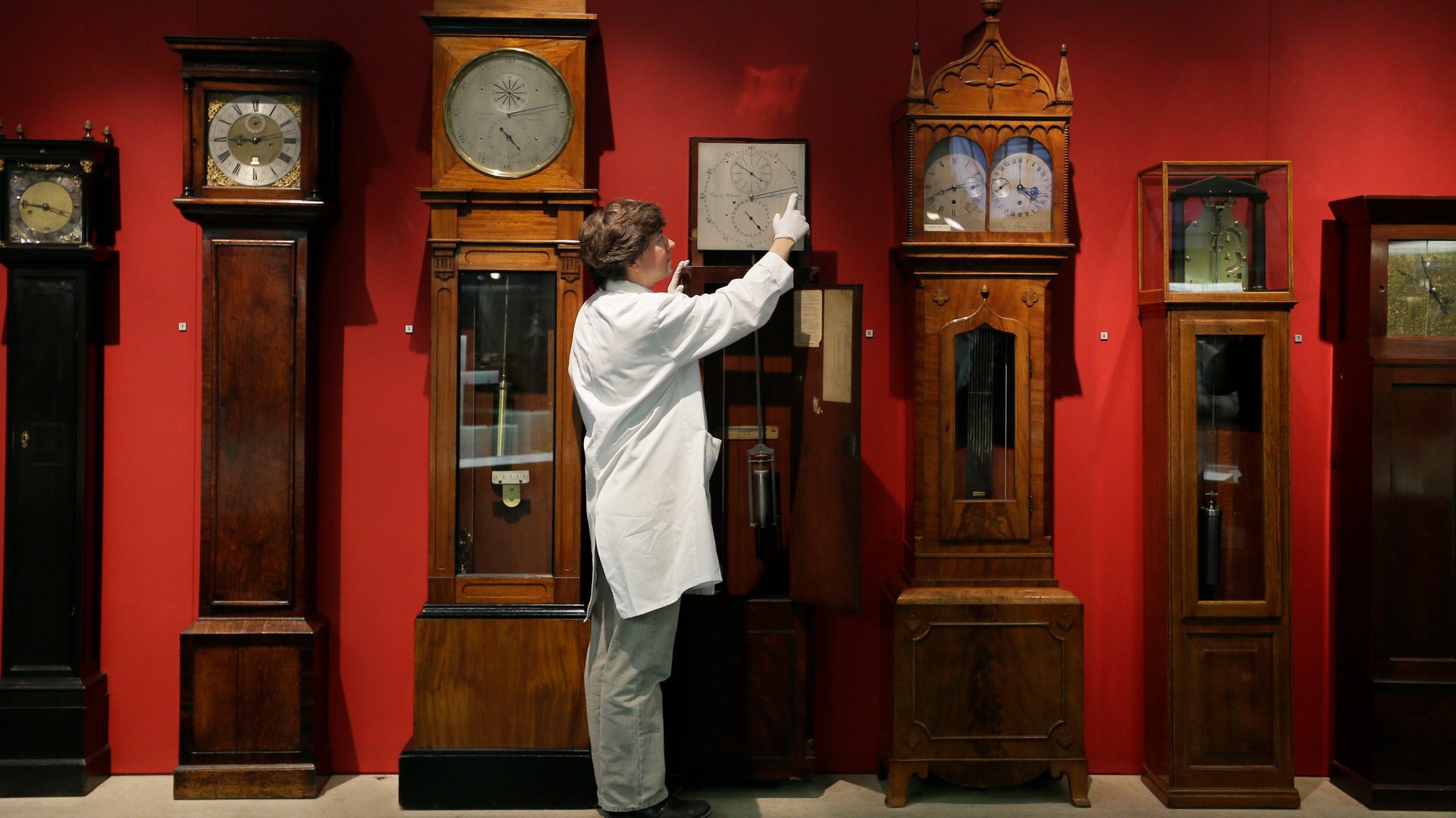Time management tips from someone who should know–a Timex manager
Managers face an array of time traps, from needy staffers to knotty problems and never-ending emails.


Managers face an array of time traps, from needy staffers to knotty problems and never-ending emails.
The biggest time management mistakes come when managers over-schedule themselves in back to back meetings, causing frustration and a feeling that they are behind on their “real work,” said Adam Gurian, who spends most of his time on time–and timepieces.
He’s president of Timex, the global watch company based in Middebury, Connecticut. He strives to split his day–about half in meetings and half the time spent at his desk or in small discussions or one-on-ones with his team.
Gurian and other Timex managers recently put out 10 time saving tips–including prioritizing your tasks and starting the day with the most important one, and learning to say no occasionally.
Their tips are timely since over the weekend, most of Europe, Jordan, Lebanon and other countries moved back their clocks one hour as Daylight Saving Time ended. On Nov. 4, residents of the Canada and the United States and parts of Mexico will “fall back” an hour.
The longest average work-weeks are in Turkey, Korea, Mexico and Greece, at more than 42 hours clocked in, according to data collected by the Organization for Economic Co-operation and Development. Workers in Denmark, the Netherlands, and Norway enjoy the shortest work weeks, averaging 30 to 34 hours, though the Swiss keep their time on the job at 35.2 hours, according to OECD data for 2011.
To take advantage of time zone differences, Gurian spends his one-hour commute into the office talking to managers in Europe or Asia. Privately-held Timex watches are designed in Milan and Hong Kong and they’re sold in some 100 countries. “I catch up with people around the world” during the drive, usually arriving at his office by 6:30 a.m. local time.
Gurian uses three key time management techniques, including a not-to-do-list, promoted by author Matthew E. May, and a strict limit on reading email. He checks his in-box three times a day: first thing in the morning; after lunch and before he leaves the office about 5:30 p.m. Before he leaves, he organizes his to-do list and his schedule for the next day.
Of course, he wears a Timex watch, from the classic Chronograph on a more casual day, to the digital Ironman and some others. But he relies on an Outlook calendar program on his iPad to track his schedule and appointments. “I have my calendar with me at all times. I make changes as I go…. it’s live,” he said, and that makes it easy to see what’s happening if a meeting is running long or a co-worker running late.
At Timex, someone is asked to sound a 15-minute warning before the meeting is supposed to end. Then the group decides together whether the tasks can be finished in that time, or whether they should extend the meeting 15 extra minutes or reschedule, he said. “Have a timekeeper,” Gurian recommends. “I’ve heard of some companies that take chairs out of their meeting rooms,” he added, admiringly.
He urges his senior managers to “build in a cushion between meetings” and not overbook their schedules. That way, they have time to re-energize themselves and also “get up to speed” on the next person or meeting. Plus if they leave time for other work, Gurian said, they don’t end a day thinking that you “sat in meetings all day and yet you didn’t get anything done.”
Vickie Elmer tweets @WorkingKind.